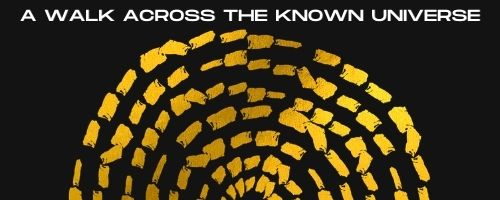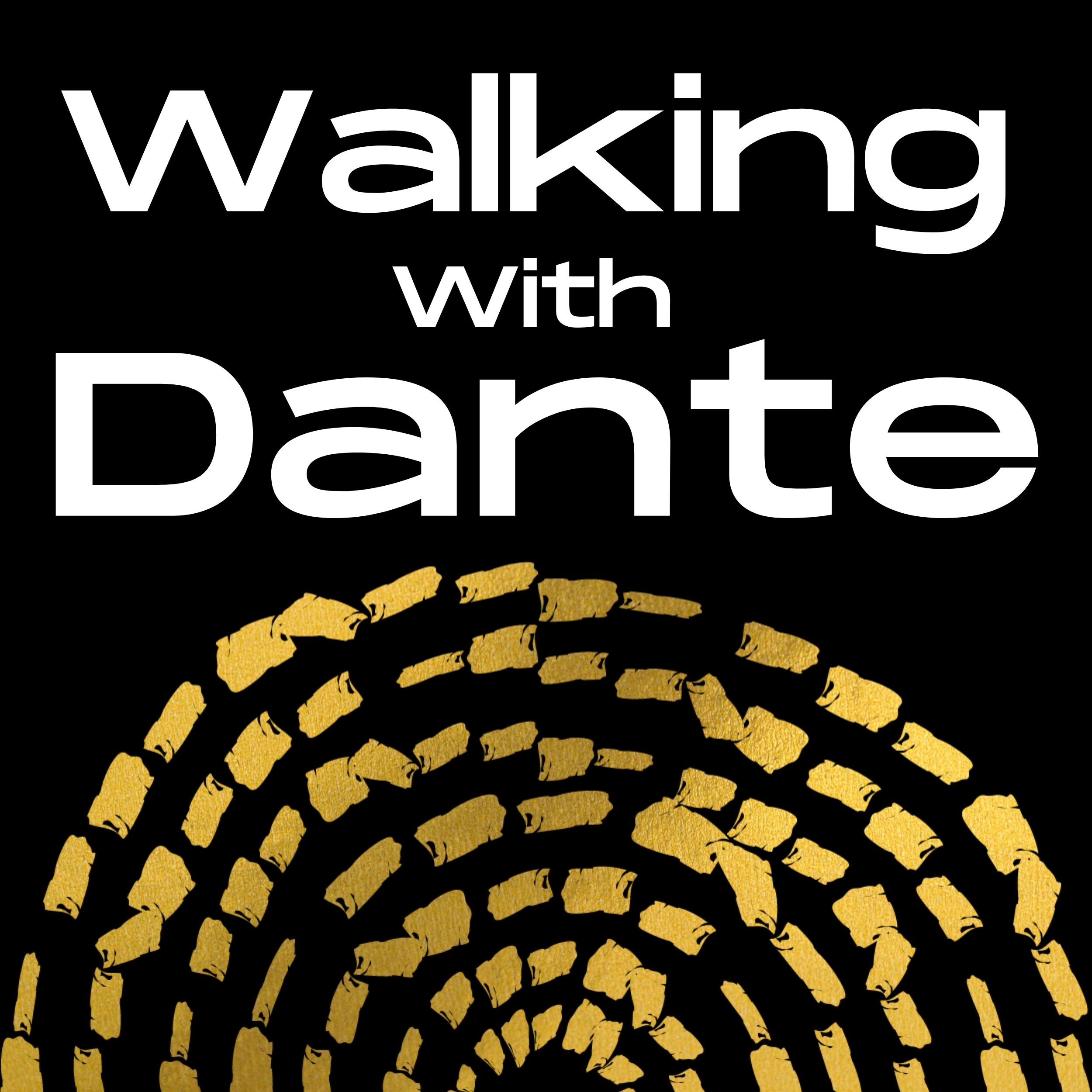Episode 57
The Sins Of Violence Explained (Sort Of): Inferno, Canto XI, Lines 28 - 51
Virgil's mappamundi--or mappa inferno--is about to take a longer look at the seventh circle of hell, the next we'll encounter, as we sit with Dante, the pilgrim and his guide under the lid from the tomb of a heretic pope.
Virgil has explained already what's ahead: injustice and malice, force and fraud. Now he's going to make a fuller explanation of force--or "violence."
But this one's not a simple sin. First, it's divided into parts or sub-categories. And it's roots are a complicated network of Aquinas, the Gospels, Cicero, Aristotle, Boethius, and even old Roman law.
Dante-the-poet is doing something quite daring here: He's redefining the nature of evil based on a multiplicity of sources.
Join me, Mark Scarbrough, as we work through Virgil's highly structured but still knotty explanation of the three smaller rings in the seventh circle of hell--and the rationale for how all these sins are contained under the larger rubric of "violence."
Here are the segments of this episode:
[01:19] My English translation of Inferno, Canto XI, lines 28 - 51. If you want to look at this translation, go out to my website: markscarbrough.com. You'll find it there--as well as every episode of this podcast.
[03:42] The first six lines of the passage: Virgil's explanation of the seventh circle. That is, it lies in three smaller rings. Virgil begins by dividing the sin of violence into three parts: against God, against yourself, and against your neighbor. Why is he doing this? I'll help you through passages from the Gospel of Mark, bits from Thomas Aquinas, and even a poem from Boethius's CONSOLATION OF PHILOSOPHY, all to explain this sudden change in the structure of the rings of hell from sins, or perhaps Aristotelean poles of a sin, to a sin with multiple sub-categories.
[13:38] The first of the smaller rings in the seventh circle: violence against your neighbor and your neighbor's goods.
[16:06] The second of the smaller rings: violence against yourself and your own property.
[21:04] The third of the smaller rings: violence against God, which itself takes three forms--blasphemy, then two curt references to Sodom and Cahors. What's that about?
[28:18] My own brief overview of the seventh circle of hell, the circle of the violent (and the most unnatural part of hell we've yet encountered).


